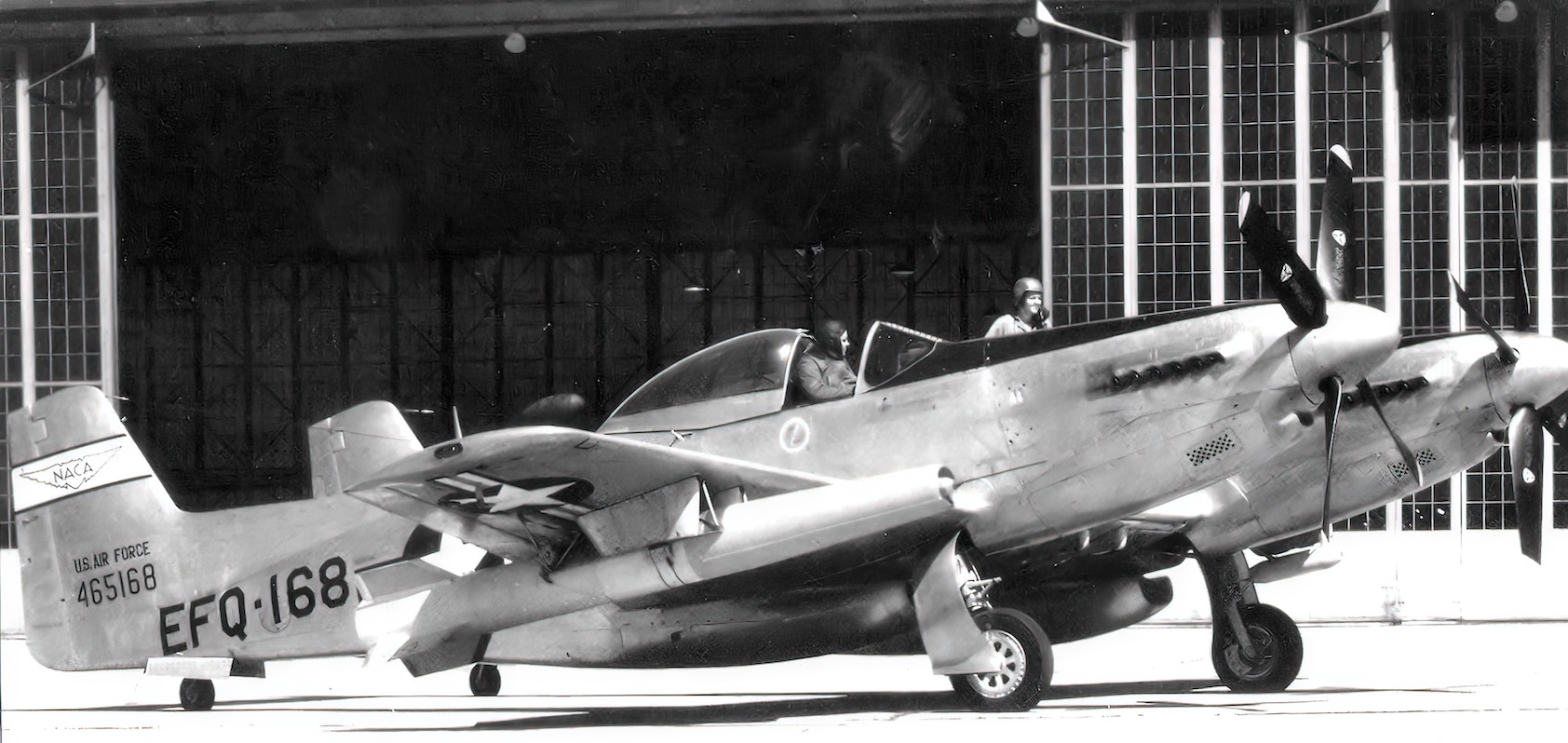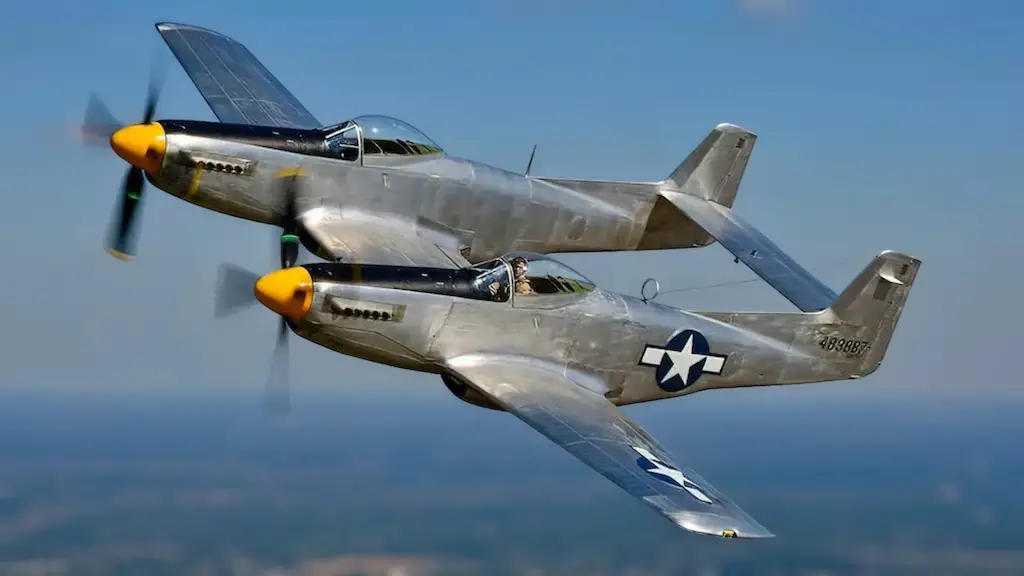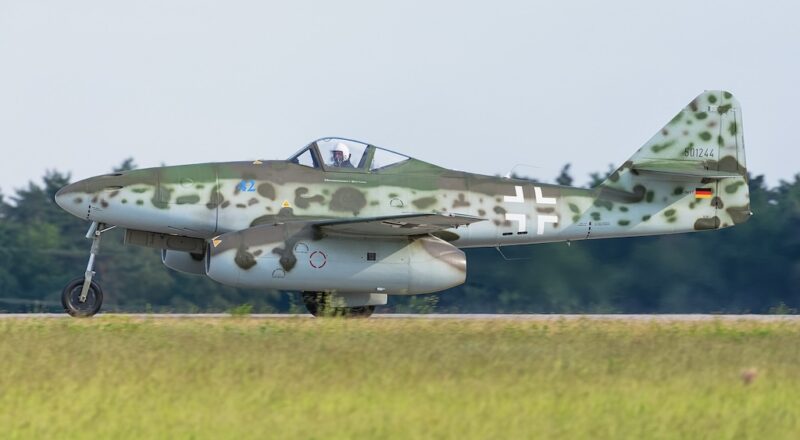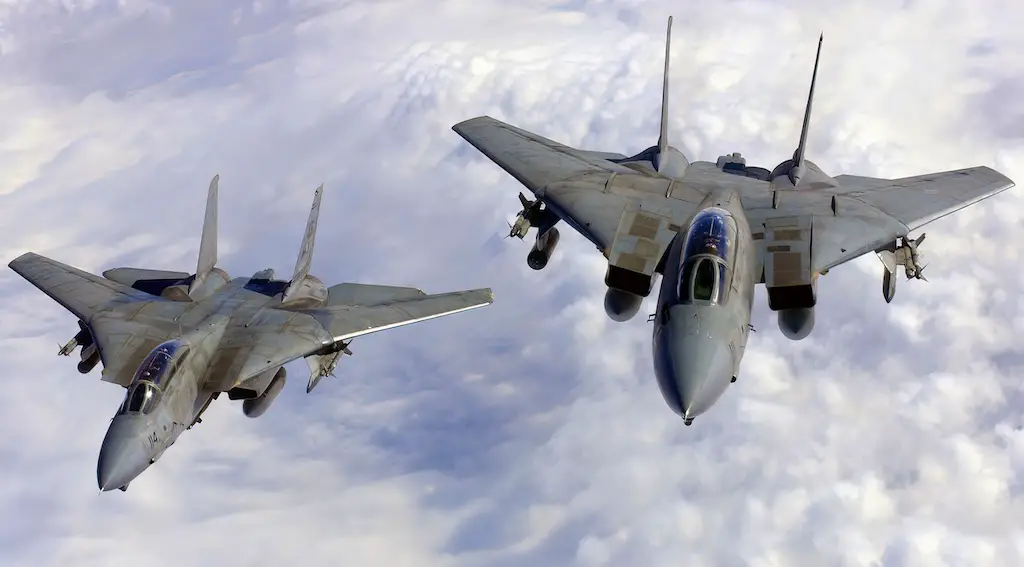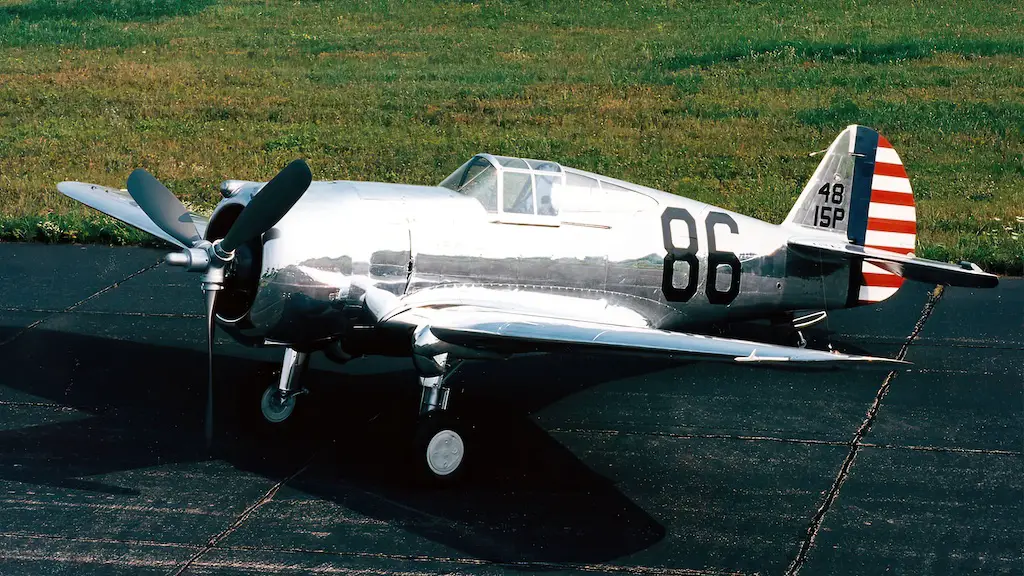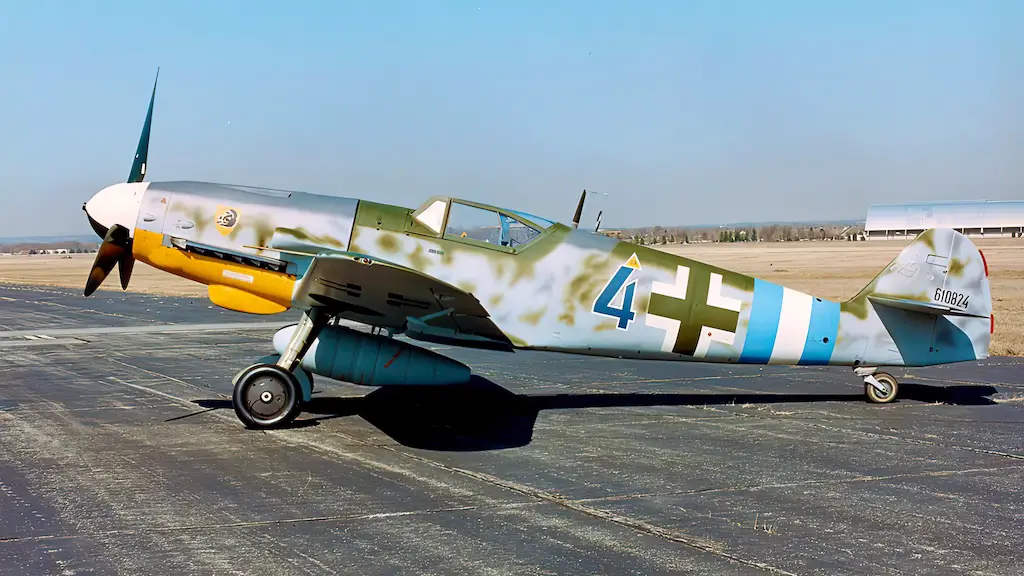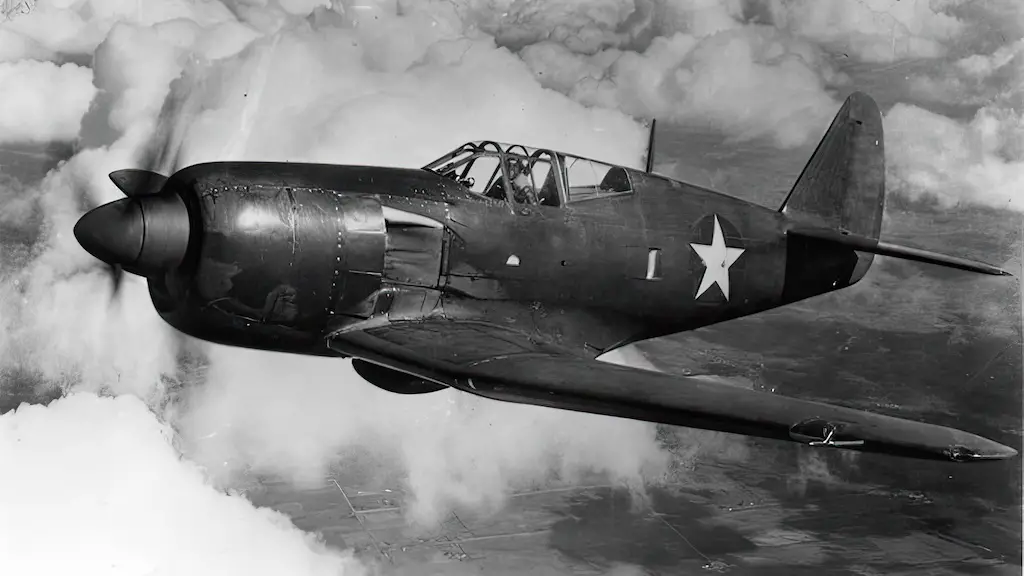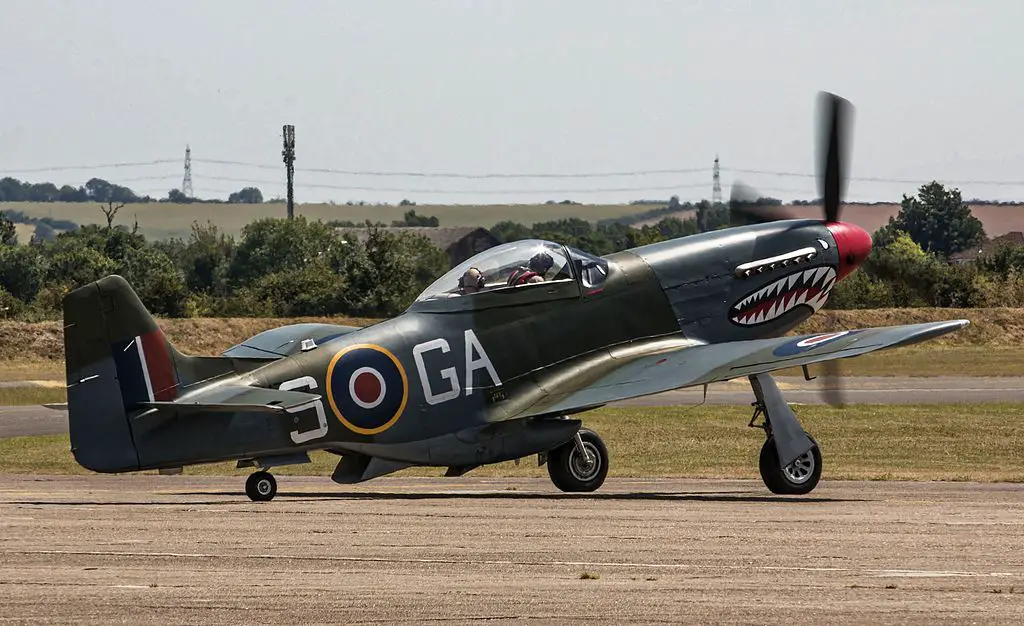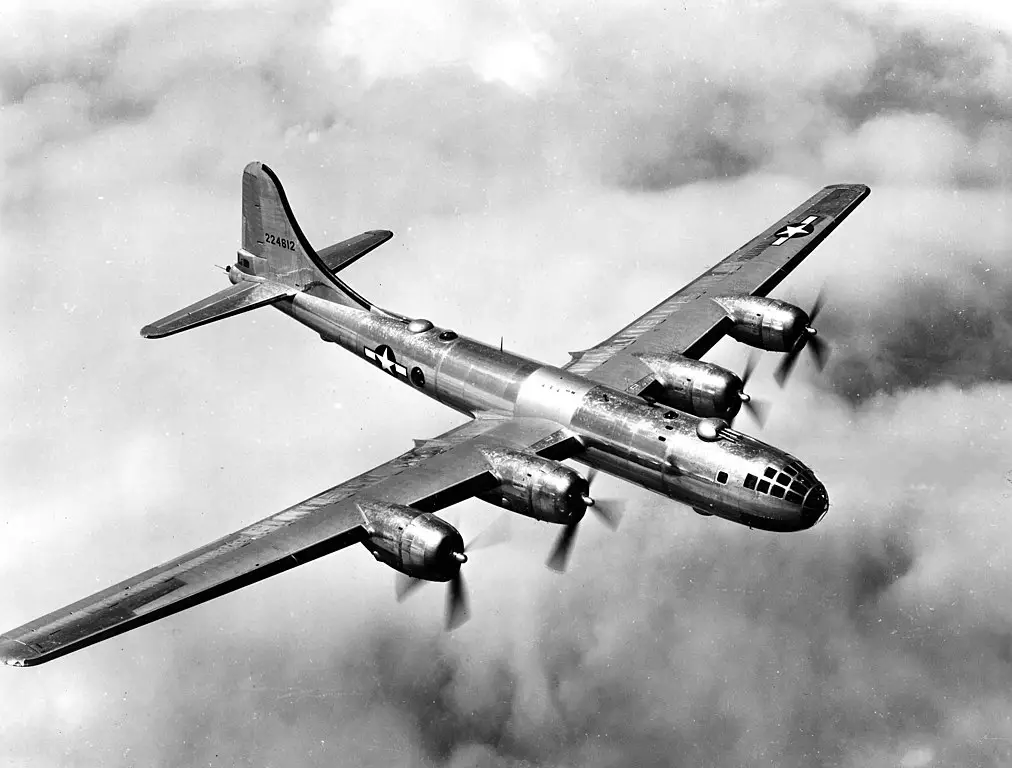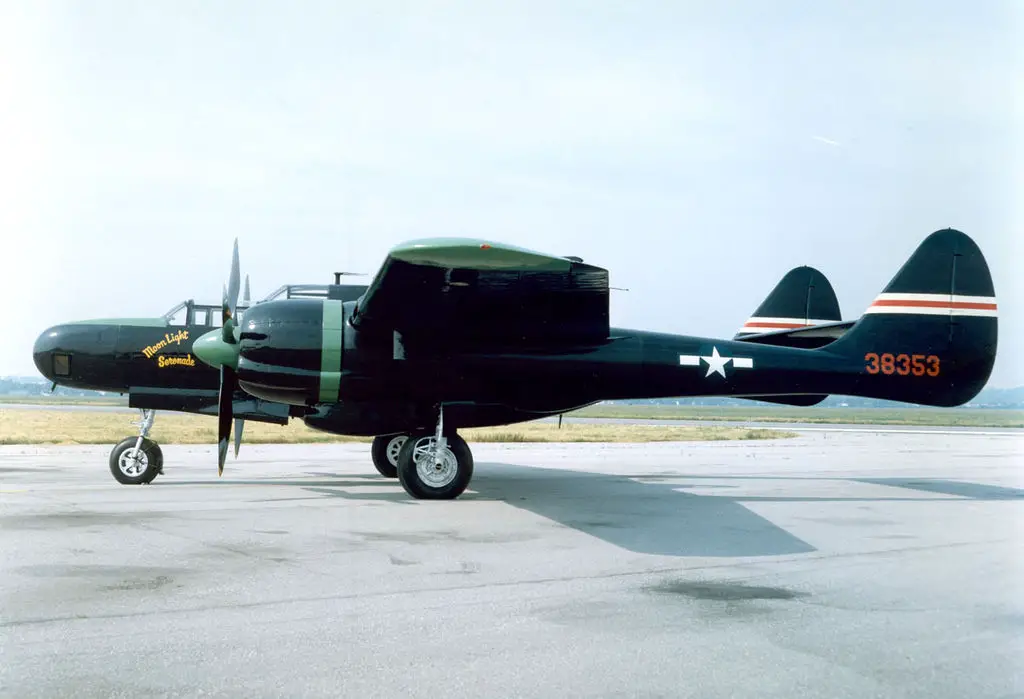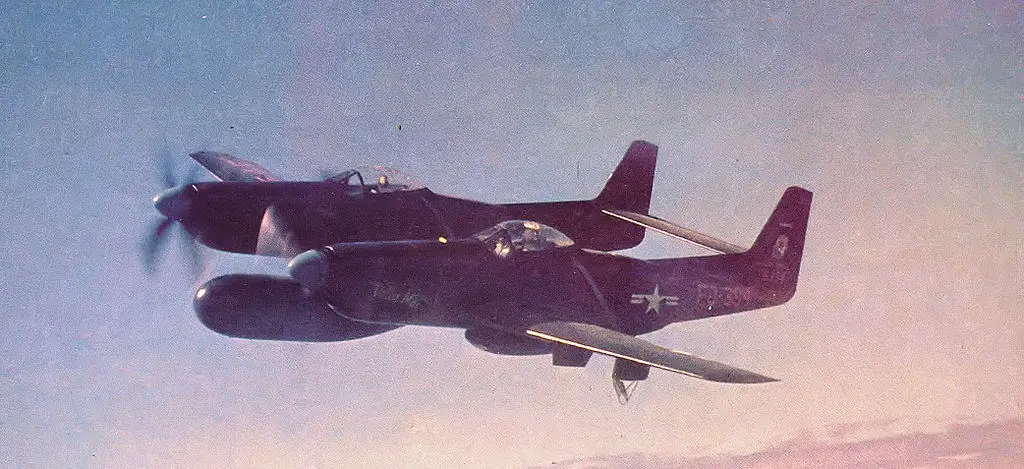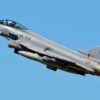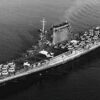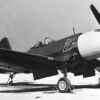Ingenious solution
The North American P-51 Mustang was one of the best fighter aircraft of WWII largely due to its contribution to the Allied war effort as an escort fighter. So when the U.S. aircraft industry started producing the B-29 Superfortress long-range bombers it became necessary to give the Mustang capability to follow them all the way on their missions.
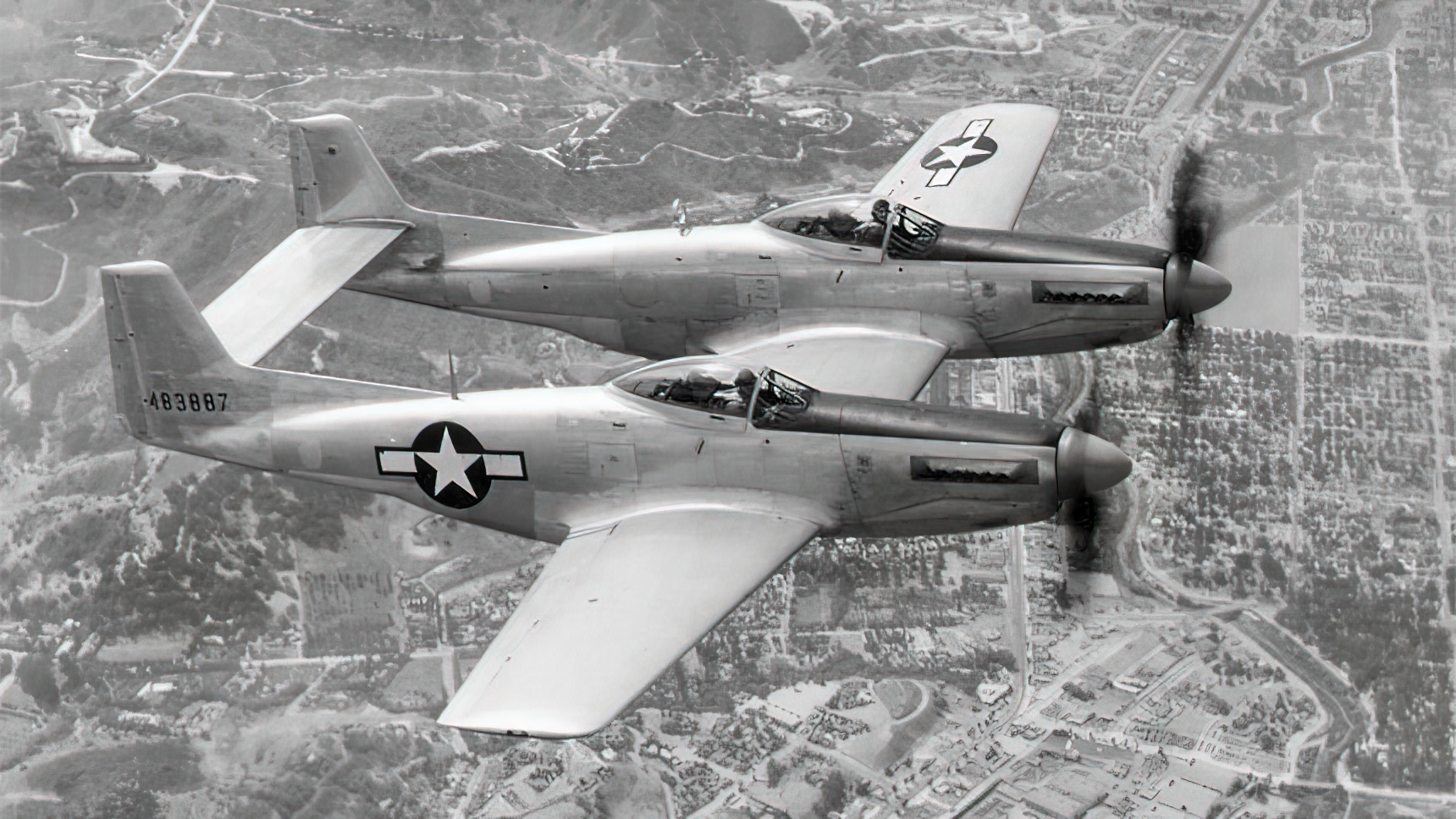
At the time the P-51 had a maximum range of 1,650 miles with external tanks. The goal was to stretch it beyond 2,000 miles. To achieve that, North American designers went for an ingenious solution: they doubled the Mustang by creating an aircraft comprised of two P-51 fuselages connected by a center wing. It got the name P-82 Twin Mustang.
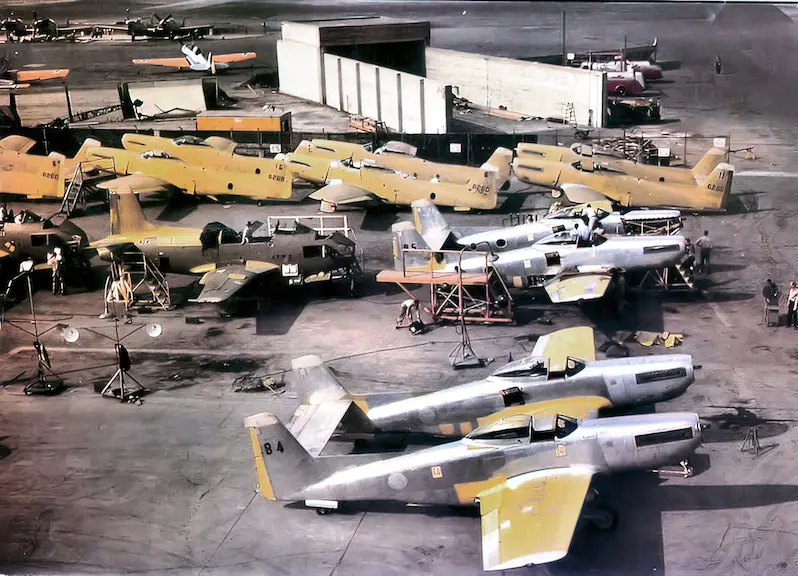
Design
The Twin Mustang’s design was focused on preparing the aircraft for very-long-range (VLR) missions. Each of its two fuselages was slightly longer than the original P-51’s to accommodate extra fuel. Both of them retained cockpits so that two crewmembers could pilot the fighter taking turns on hours-long fatiguing flights.
It could also use external tanks, extending the aircraft’s flight range even more. In 1947 a Twin Mustang piloted by Lt. Col. Robert E. Thacker and his co-pilot Lt. John M. Ard flew more than 6,000 miles from Hawaii to New York. This set the record for the longest non-stop flight of a piston-engine fighter aircraft.
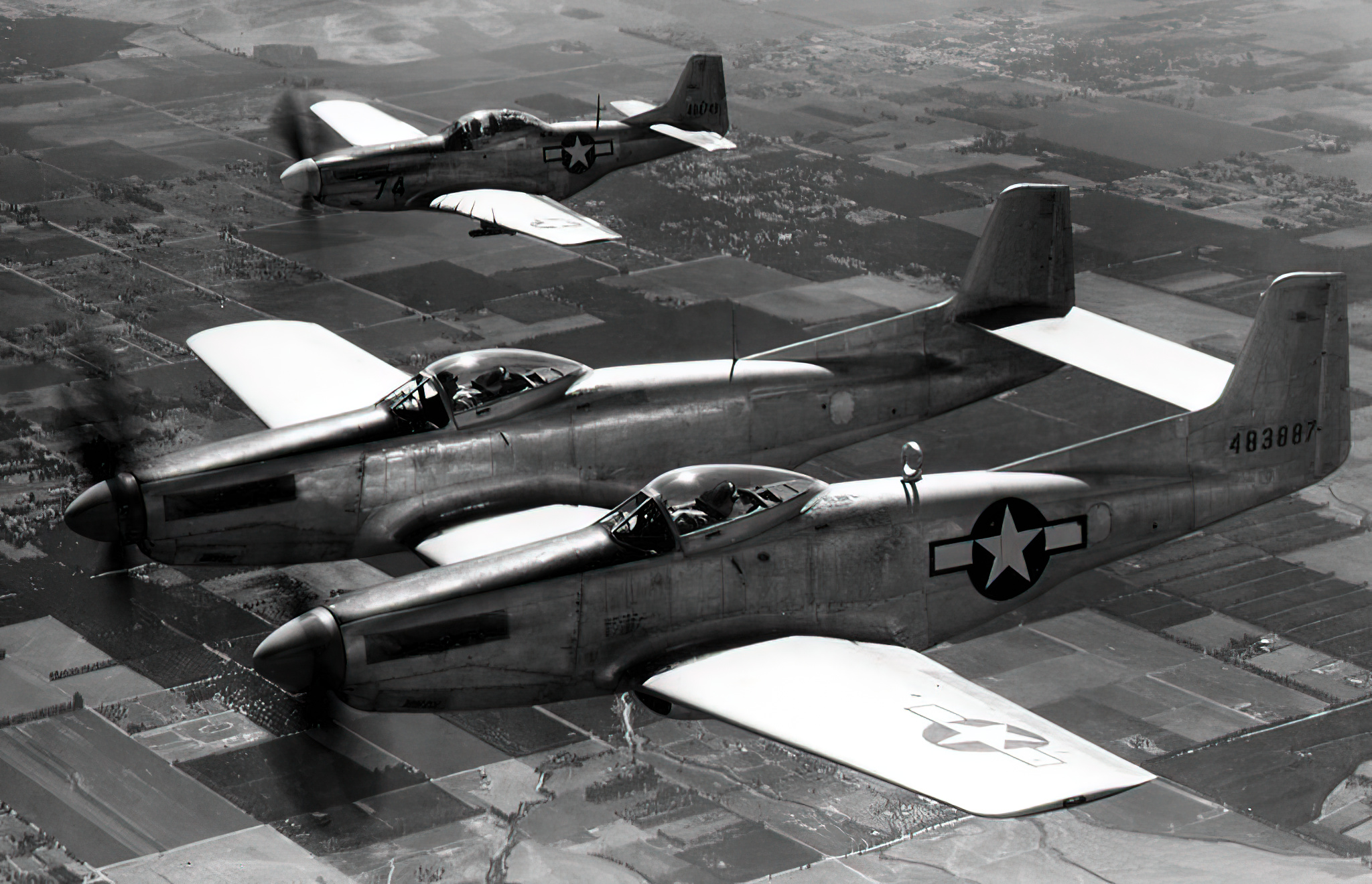
Greenlit by the Pentagon
The work on Twin Mustang began in 1943, and its maiden flight happened in June 1945. Although P-82 did not see any action during WWII, it had its share of service with the USAF in the early years of Cold War. It was a short period in the history of military aviation when jet fighters still faced some of their teething problems and had not yet completely conquered the hearts and minds of the top brass.
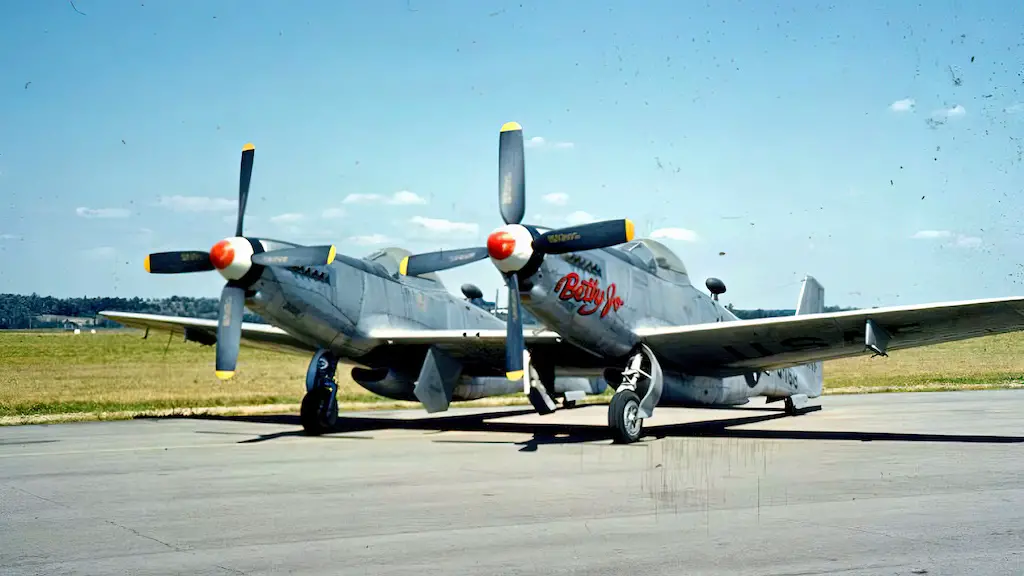
Thus, the Pentagon greenlighted the production of the Twin Mustang, first and foremost as a replacement for the P-61 Black Widow night fighter. In 1949, P-82 was re-designated as F-82, due to the general change of names in the U.S. Air Force, where all P aircraft (for ‘pursuit’) became F aircraft (for ‘fighter’).
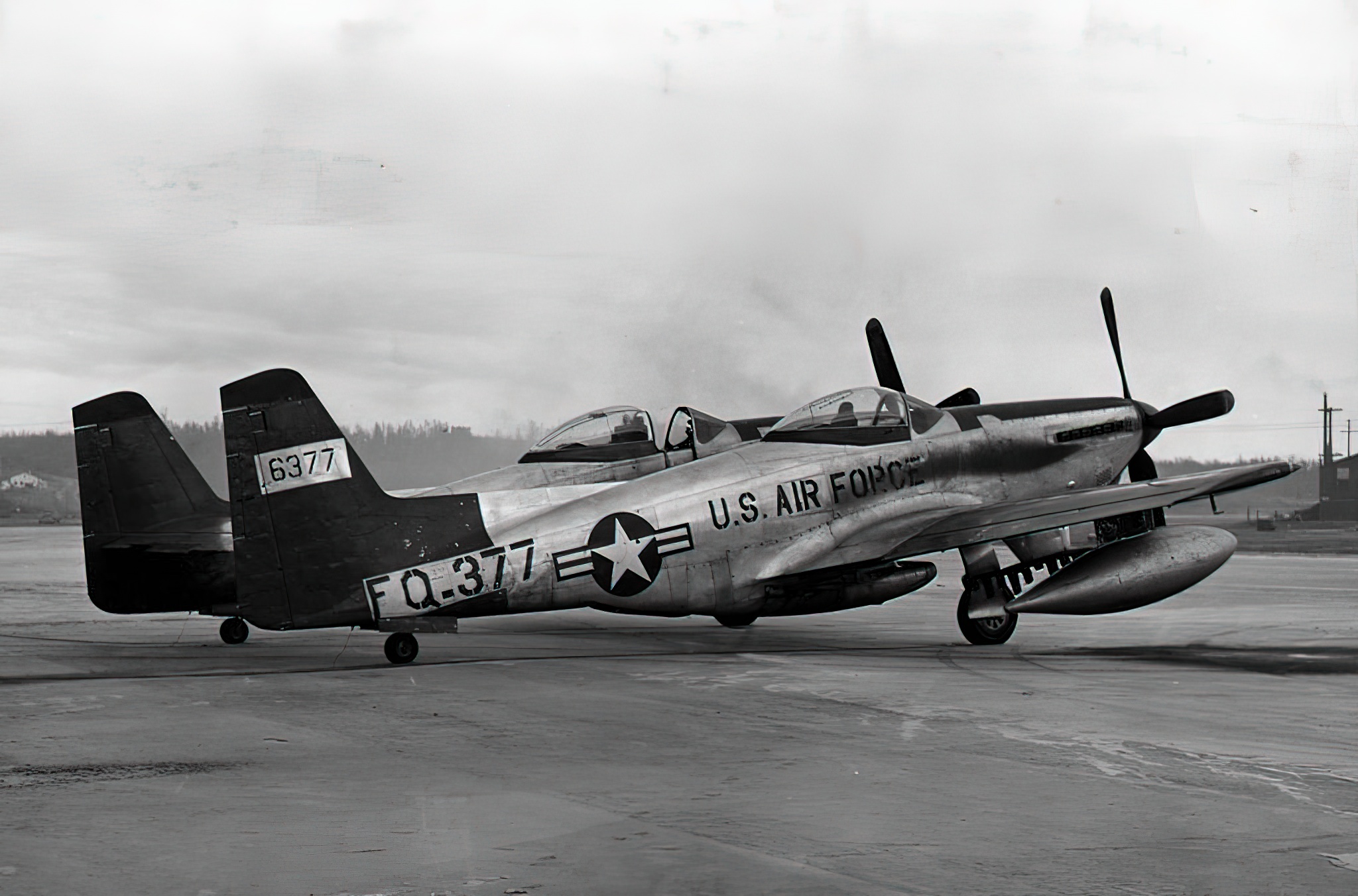
Various roles
Overall, 273 Twin Mustangs were produced. A hundred of them as all-weather day fighters (F-82E) and the rest as night fighters equipped with a radar installed in a nacelle under the center wing section. In the night fighter version, the second pilot’s seat went to the radar operator. Some Twin Mustangs were also used in ground-attack and reconnaissance roles.
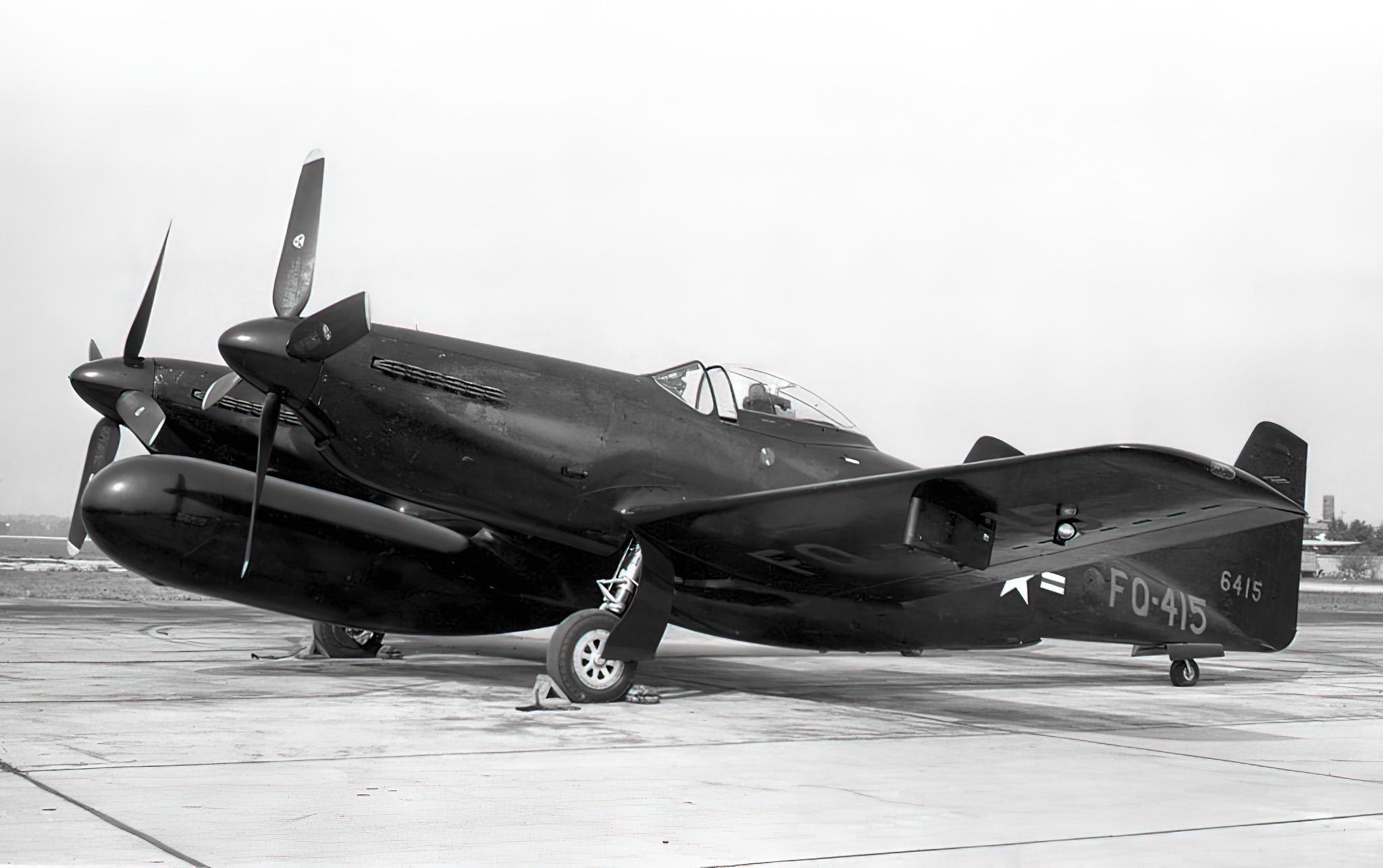
Being the only fighter aircraft capable of reaching the Korean Peninsula from U.S. bases in Japan, the Twin Mustang was the first to pick up the fight over Korea in 1950. It also scored first aerial kills of that war and continued to play a crucial role as a fighter aircraft throughout the first year of the conflict until jet-powered fighters completely took over the skies on both sides.
The last operational Twin Mustang, an F-82H model, modified for use in extreme cold and stationed in Alaska, was retired in November 1953.
